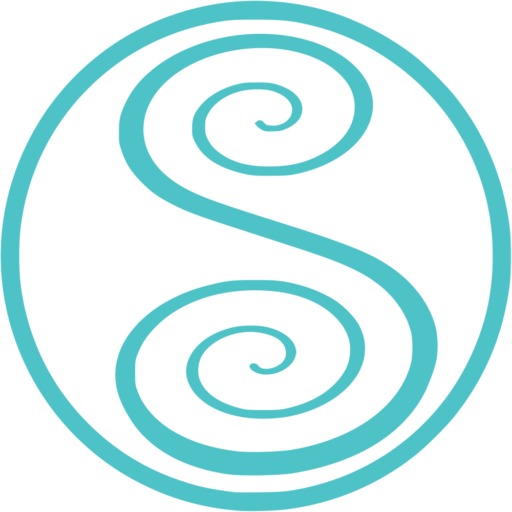
What’s the difference?
The term “somatics” has been around since 1976 and it was introduced by Thomas Hanna. Somatic movement is a broad term that includes many methods, for example the Alexander Technique, Eutonia, the Feldenkrais Method, Body-Mind Centering or the Thomas Hanna Method (Hanna Somatics).
Somatic yoga was created by Eleanor Criswell (Thomas Hanna’s wife) in 1989. It is a mixture of Thomas Hanna’s somatic exercises and hatha and raja yoga, which uses the same principle as somatic movement: move while listening to and respecting your body.
Today, we see more and more teachers who offer somatic yoga. While traditional yoga emphasizes yoga postures and alignment, somatic yoga offers a practice that emerges from internal listening: Feeling instead of performance. Experience instead of appearance. Body awareness instead of the effort to achieve a spectacular posture. The inside instead of the outside. The path instead of the destination.
The practice of somatic yoga will therefore be very varied. There may or may not be asanas. There can be more intuitive movement. In this case, the boundary between somatic yoga and other somatic methods can be blurred.
The somatic movement I teach follows the Thomas Hanna method. It’s not yoga. Somatic exercises are specific movements but their expression will be different in each person because it depends on the person’s feelings and physical state. By listening to yourself and knowing the principles of this method, you can even invent your own movements. This autonomy and self-healing is a precious gift that somatic movement offers us.
